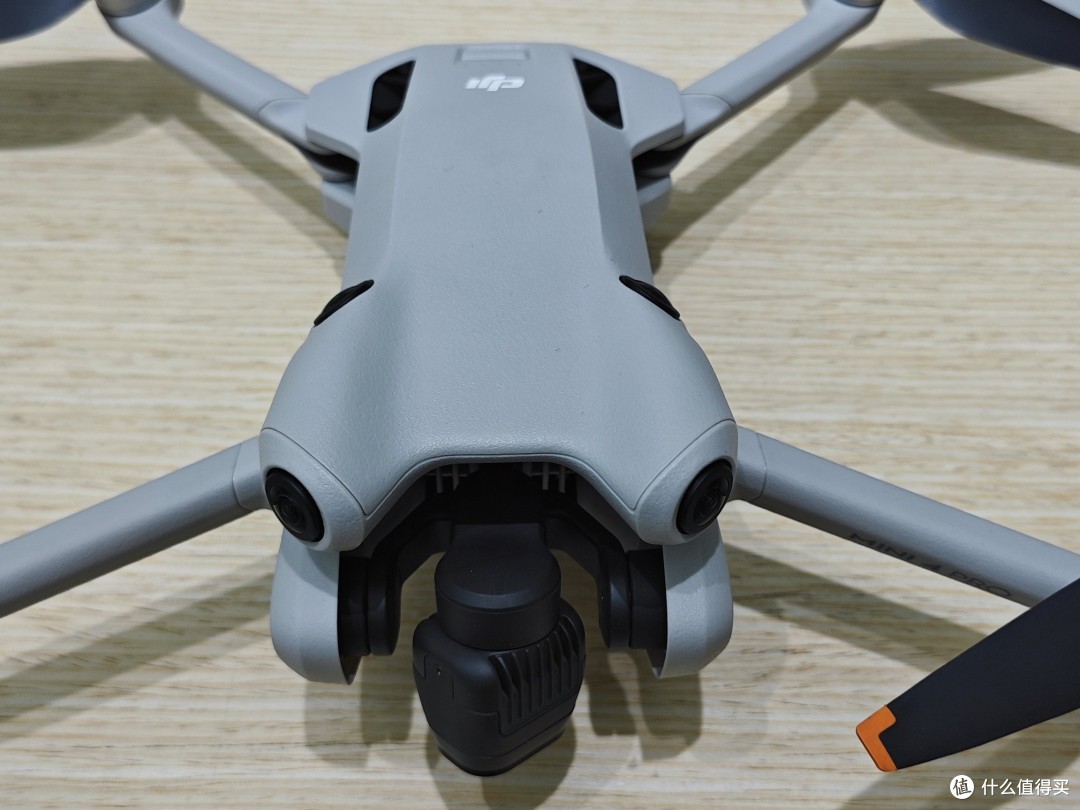In recent years, drones have rapidly transformed from niche technology to mainstream phenomena. While initially used for military applications, they have now become integral to various civilian sectors, including agriculture, photography, and logistics. Their ability to fly over us presents a host of opportunities and challenges. Knowing how these unmanned aerial vehicles influence our world can help us leverage their capabilities while mitigating risks.
The Rise of Drones in Civilian Life
Drones have become ubiquitous, flying over urban and rural landscapes alike. They offer numerous advantages such as precision in tasks like crop monitoring or delivering crucial supplies to remote areas. The agricultural industry benefits significantly from drones, which can survey fields more efficiently than traditional methods. Photographers and filmmakers harness drone technology for unparalleled aerial shots, revolutionizing visual storytelling.
- Photography: Capturing stunning landscapes from unique perspectives.
- Delivery: Speeding up the shipping of parcels and medical supplies.
- Surveying: Offering detailed inspections for construction and agriculture.
Potential Concerns of Drones Flying Over Us

Despite the advantages, drones flying over populated areas evoke privacy and security concerns. Governments worldwide are grappling with regulatory frameworks to ensure responsible use. Privacy invasion is one of the most cited issues, with drones potentially capturing unauthorized footage of private property. Furthermore, there’s the risk of drones being used for illicit purposes, ranging from surveillance to contraband smuggling.
Additionally, environmental concerns have been raised regarding the impact of drones. People worry about the noise pollution they cause, especially in serene environments. The development and innovation in quieter drone technology are critical to addressing these issues.
Enhancing Safety and Regulatory Frameworks
Numerous countries are developing stricter regulations to manage drone operations. These regulations aim to ensure drones are flown safely without infringing on people’s privacy. Safety measures, like geo-fencing and mandatory identification systems, are some ways authorities are tackling the challenge.
Drones must balance between innovation and ethical responsibility to gain public trust.
Embracing Drone Technology for Future Growth
The continued growth of drone technology signifies an era of great potential. Industries must adapt and innovate to harness their full advantages while adhering to sustainable practices. Future advancements might include autonomous drones working alongside human teams to improve efficiency across sectors.
FAQs About Drone Usage
Are drones capable of invading privacy?
Yes, drones equipped with cameras can capture footage without consent, prompting legal measures to ensure privacy protection.
What measures can mitigate risks associated with drones?
Implementing transparent regulations and deploying technology like geo-fencing are crucial steps to reduce potential risks.
Can drones be harmful to wildlife?
While there is potential, the impact varies. Efforts are underway to design drones that minimize stress to animals and habitats.